Introduction
Pork trotters, often overlooked in modern cuisine, are a culinary treasure trove brimming with flavor, texture, and nutritional benefits. These meaty, gelatinous pig’s feet have been a staple in many cultures for centuries, celebrated for their rich collagen content, which promotes skin health and joint elasticity. From the hearty stews of France and Spain to the savory braises of Asia, pork trotters offer a versatility that can elevate any dish to a gourmet experience. In this comprehensive guide, we’ll embark on a culinary journey to discover how to make perfect pork trotters, exploring various techniques, flavors, and presentations that will delight both the palate and the soul.
Section 1: Understanding Pork Trotters
Before diving into the recipes, it’s crucial to understand what pork trotters are and why they’re worth cooking. Pork trotters, also known as pig’s feet or hocks, consist of the foot and lower leg of a pig. They are rich in collagen, fat, and connective tissue, which, when cooked properly, transform into a tender, gelatinous texture. This unique quality makes them ideal for slow-cooking methods such as braising, stewing, or boiling.
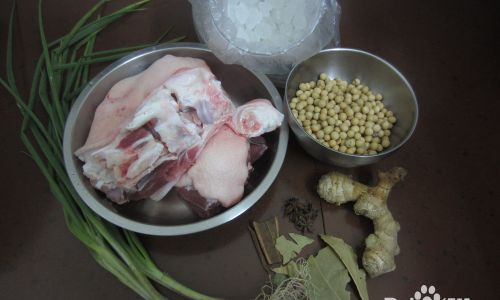
Nutritional Benefits
Pork trotters are not just a culinary delight; they pack a nutritional punch. Collagen, the main component, is a protein that supports skin elasticity, hair health, and joint function. Gelatin, a byproduct of cooked collagen, aids digestion and can improve gut health. Additionally, pork trotters are a good source of protein, vitamins, and minerals like phosphorus, potassium, and magnesium.
Choosing Quality Trotters
When selecting pork trotters, look for those that are fresh, with a firm texture and a clean, meaty appearance. Avoid trotters that have a strong odor or appear discolored. If purchasing frozen trotters, ensure they are properly sealed and free of ice crystals, which can indicate freezer burn.
Section 2: Preparation Techniques
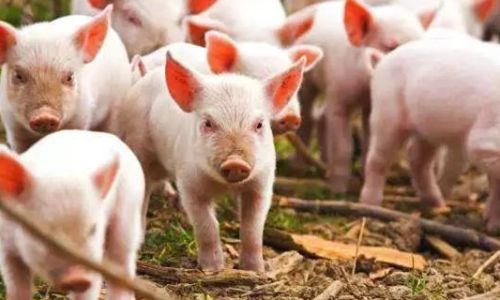
Proper preparation is key to achieving tender, flavorful pork trotters. This section outlines essential steps for cleaning, trimming, and seasoning the trotters before cooking.
Cleaning and Trimming
- Rinse: Begin by rinsing the trotters under cold running water to remove any surface dirt or debris.
- Trim: Use a sharp knife to trim away any excess hair, fat, or skin that you don’t want to include in the final dish. Be careful not to cut into the meat too deeply.
- Soak: Place the cleaned trotters in a large bowl of cold water for about 30 minutes to draw out any remaining blood or impurities. Change the water if it becomes discolored.
Seasoning
Seasoning pork trotters adds depth of flavor and enhances their overall appeal. Here are some basic seasoning suggestions:
- Salt and Pepper: A classic combination that brings out the natural flavors of the meat.
- Aromatics: Garlic, onions, carrots, celery, and bay leaves add complexity and balance.
- Herbs and Spices: Consider adding thyme, rosemary, parsley, paprika, or cumin to suit your taste preferences.
Section 3: Cooking Methods
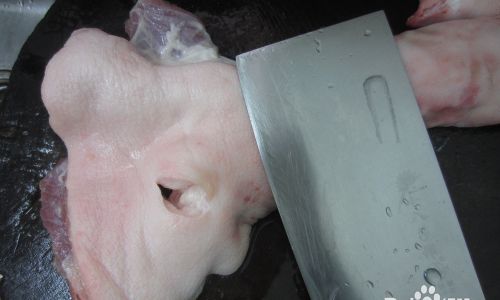
The cooking method you choose will significantly impact the final texture and flavor of your pork trotters. Below are three popular techniques: boiling, braising, and pressure cooking.
Boiling
Boiling is a straightforward method that requires minimal equipment and is great for making broth or stock.
- Fill a Pot: Place the cleaned and seasoned trotters in a large pot. Add enough water to fully submerge them, then bring to a boil.
- Skim: Once boiling, skim off any foam or impurities that rise to the surface.
- Simmer: Reduce the heat to low and let the trotters simmer gently, uncovered, for about 2-3 hours, or until the meat is tender and the collagen has broken down.
- Cool and Serve: Remove the trotters from the pot and let them cool slightly before serving. The broth can be strained and used for soups or stews.
Braising
Braising combines moist heat with a covered cooking environment, resulting in tender, flavorful meat and a rich sauce.

- Preheat Oven: Preheat your oven to 325°F (165°C).
- Sear: In a heavy-bottomed pot or Dutch oven, heat a small amount of oil over medium-high heat. Sear the trotters until they are browned on all sides, about 5-7 minutes per side. This locks in juices and adds flavor.
- Add Aromatics: Remove the trotters from the pot and add chopped onions, carrots, celery, and garlic. Sauté until softened, about 5 minutes.
- Deglaze: Pour in a splash of wine, broth, or water, scraping up any browned bits from the bottom of the pot.
- Return Trotters: Add the trotters back to the pot, nestling them into the vegetables. Pour in enough liquid to come halfway up the sides of the trotters. Add herbs and spices.
- Cover and Braise: Cover the pot and transfer it to the preheated oven. Braise for about 3-4 hours, or until the meat is very tender and falling off the bone.
- Finish: Remove the trotters from the oven and let them rest in the braising liquid for at least 30 minutes before serving.
Pressure Cooking
Pressure cooking is a fast and efficient way to cook pork trotters, reducing cooking time while retaining flavor and moisture.
- Season and Sear: Follow the same seasoning and searing steps as for braising.
- Add Ingredients to Pressure Cooker: Transfer the seared trotters to a pressure cooker. Add vegetables, herbs, spices, and enough liquid to cover the bottom of the cooker.
- Lock and Cook: Secure the lid and set the pressure cooker to high pressure. Cook for about 1-1.5 hours, depending on your pressure cooker’s model and desired tenderness.
- Release Pressure: Use the natural release method to slowly release the pressure, ensuring the meat stays tender and juicy.
- Finish and Serve: Once the pressure is fully released, open the cooker and check the trotters for doneness. They should be very tender and easy to pull apart. Serve hot, with the cooking liquid as a sauce if desired.
Section 4: Serving and Enjoying Pork Trotters
Pork trotters can be enjoyed in various ways, from simple, rustic preparations to sophisticated gourmet dishes. Here are some serving suggestions:
Classic Preparation
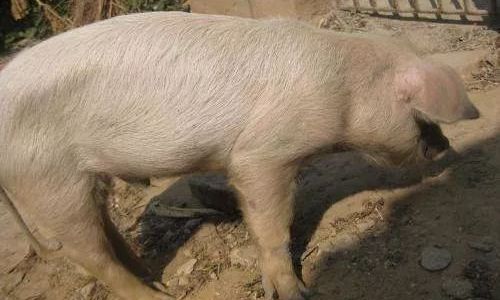
- Serve as a Main Course: Pair braised or boiled trotters with mashed potatoes, rice, or crusty bread to soak up the rich sauce.
- Cold Cuts: Cooked trotters can be chilled, then sliced thinly and served as part of a charcuterie board.
Creative Variations
- Trotter Stew: Use cooked trotters as the base for a hearty stew, adding vegetables, beans, or pasta.
- Trotter Salad: Shred the meat from cooked trotters and mix with a fresh vegetable salad, vinaigrette, and herbs.
- Trotter Ramen: Incorporate shredded trotter meat and broth into a ramen dish for a rich, umami-packed meal.
Conclusion
Making pork trotters may seem like an intimidating task, but with the right techniques and ingredients, you can transform these humble pig’s feet into a culinary masterpiece. Whether you prefer the simplicity of boiling, the richness of braising, or the efficiency of pressure cooking, each method offers its own unique flavor profile and texture. Remember, the key to perfect pork trotters lies in patience, attention to detail, and a willingness to experiment with different flavors and preparations. So, gather your ingredients, preheat your oven or pressure cooker, and embark on a culinary adventure that will delight your taste buds and nourish your body. Bon appétit!
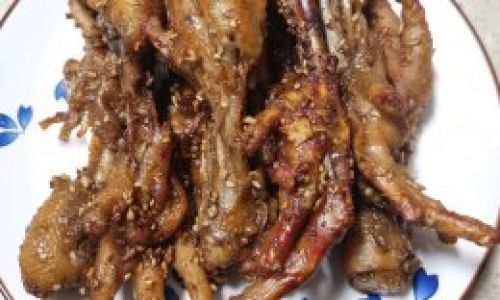
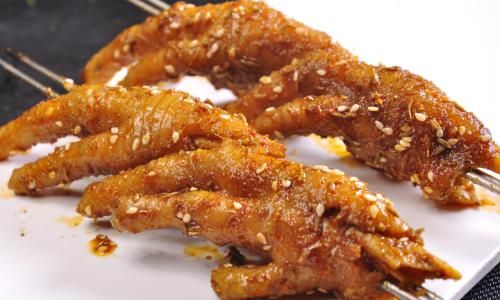
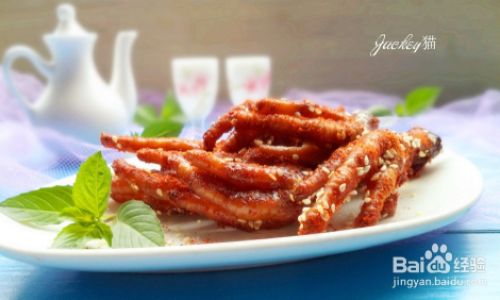
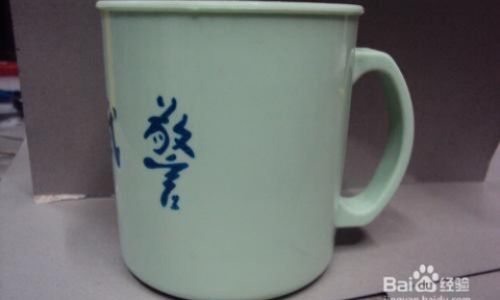
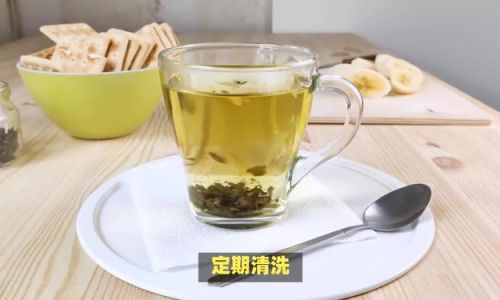
0 comments